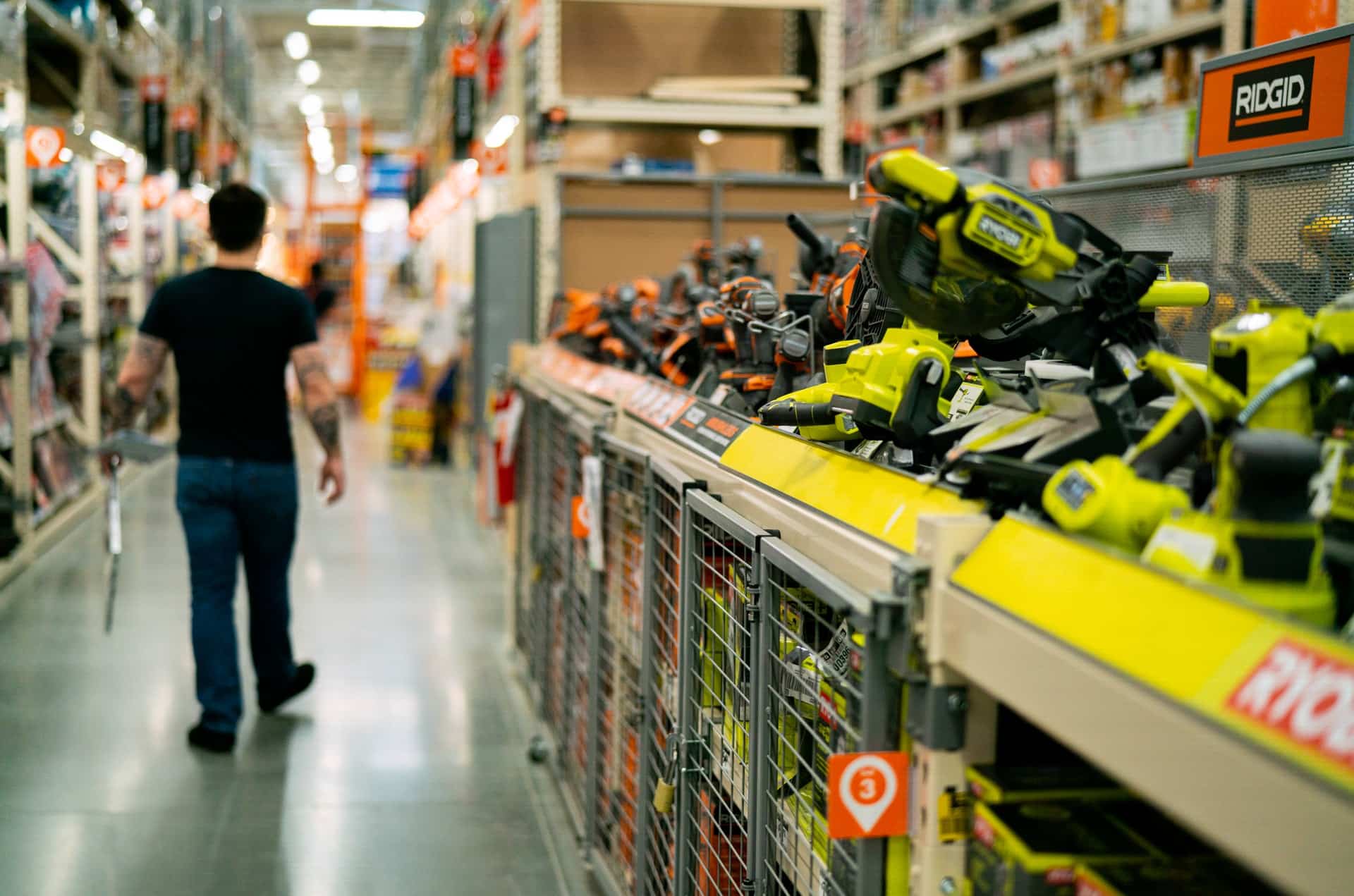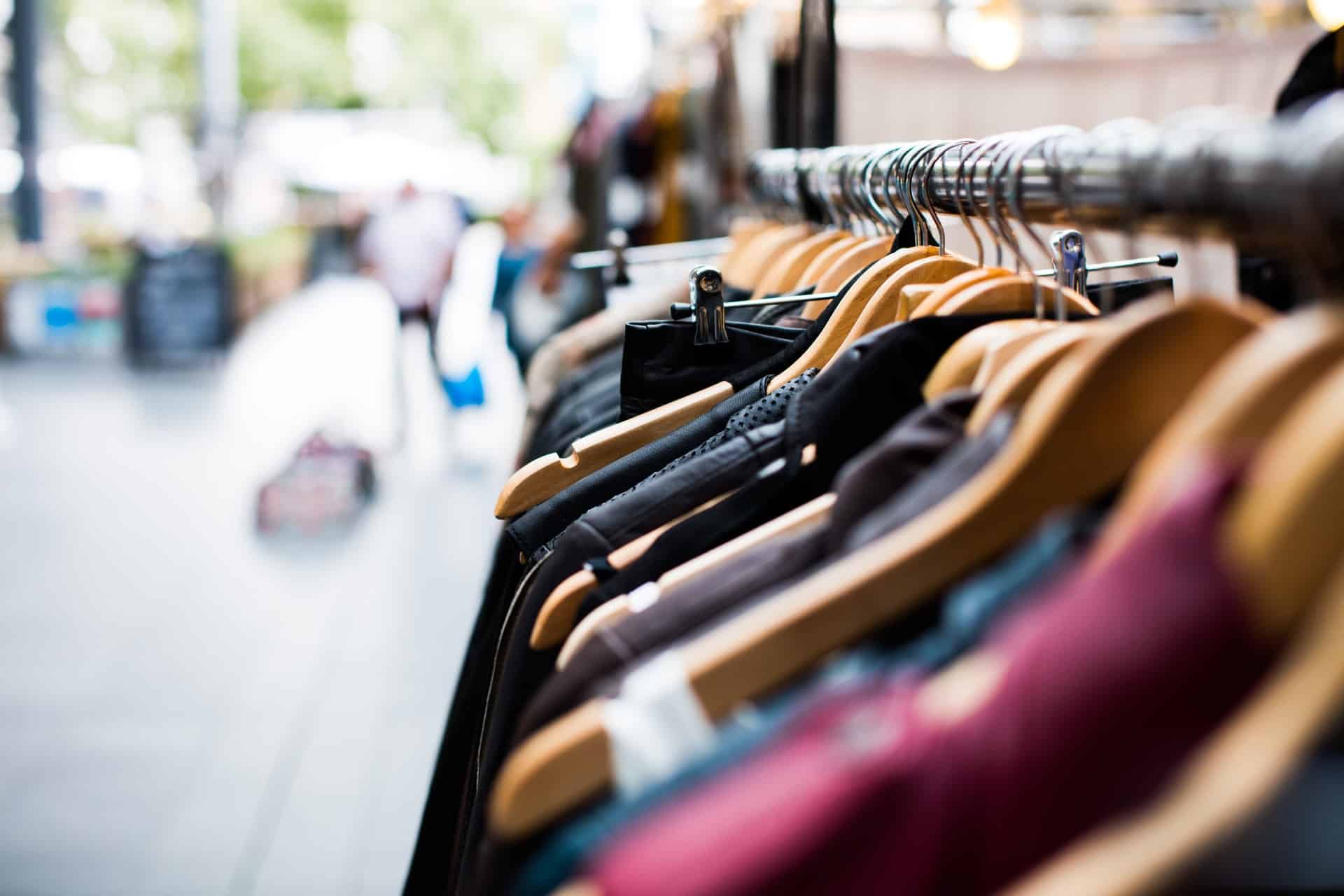What if I tell you that all of you who are reading this article are involved with an industry on a daily basis. Can you guys name that industry? Okay, I'll give you a hint, this industry is even bigger than the total GDP of the USA.
Yes, I am talking about the retail industry. The retail industry is among the few industries on which our survival depends. We daily consume products and services from retail shops and make the industry grow.
For those of you who are a bit confused, let me explain what the retail industry is. The word "retail" means selling goods and services directly to the consumer.
By this definition, any store, shop, outlet, whatever you call it, that sells products or services directly to the consumer is a part of the retail industry.
Since the retail industry is the biggest industry globally in terms of finance and manpower, today we decided to conduct the Retail Industry Analysis.
This industry analysis will provide you an insight into the retail industry, as well as its current status in the market.
Before we start with the industry analysis, let's try to get an overview of the retail industry first so we can analyze this industry analysis better.
A common question that might arise in your mind would be when this industry was established. This is probably the oldest industry since it existed way back, around 6000 BC.
Archaeologists have found traces of markets and shops in the remains of civilizations that existed thousands of years ago.
Since then, the retail industry has been running and growing day by day. Today, the buying and selling industry has grown to a point where it generated $27.34 trillion in 2021.
The industry is expected to reach annual sales worth $30 trillion by 2024. The retail industry covers the sales of every commodity. It further has sub-sectors that account for the retail of grocery products, healthcare products, apparel products, automotive products, etc.
The largest sector of the retail industry, in terms of revenue, is the automotive sector. This sector of the retail industry contributed $1.2 trillion in the retail industry.
Moreover, many countries contribute to retail sales all across the globe. However, the US remains at the top, leaving behind China and Japan when it comes to revenue generated in the retail industry.
Let's talk about the major companies within the retail industry in terms of revenue. The company that has the most sales and generates the most revenue for the retail industry is Walmart. It generated $519.93 billion in 2021, leaving behind Amazon and Costco.
Other than the size of the retailing industry and the money it is generating, if we talk about the employment it provides to people all across the globe, that number is also really significant. The retailing industry provides employment to 4.6 million people worldwide.
After that, we discussed the history of the retailing industry, its size, and its significance in the economy. Now, let's proceed further to carry out the retail industry analysis.

Retail Industry Life Cycle
The industry analysis consists of three stages. The first stage of conducting the industry analysis is carrying out an industry's life cycle.
An industry life cycle has five stages. The first stage of an industry life cycle is the startup stage. This stage is followed by the growth stage, which then leads to the shakeout stage. After that, the industry enters the stage of maturity, and then it heads towards its decline.
Startup Stage
The first stage of the life cycle highlights the period when very few companies are in the industry. In this stage, existing companies are trying to increase their consumer base by attracting customers to consume their products.
The retailing industry entered the startup stage long ago, around 6000 BC, when the concept of shops and markets was initiated. However, at that time, there were very few retailers in the market since retailing was a new phenomenon.
Growth Stage
The growth stage arrives after the startup stage. In this stage, the industry starts to grow since the number of competitors increases. In this phase, companies increase their market share through innovation and advertising.
The growth of the retail industry actually started when currency came into being in 3000 BC. After the currency was introduced, more retailers entered the industry since retailing became easy compared to barter trading.
Shakeout Stage
The shakeout stage marks the transition from a period of growth to an industry dominated by a few large companies. This results in small companies being pushed out of the industry.
The retail industry entered the shakeout stage in the 21st century when companies like Walmart, Amazon, Schwarz Group, etc., started dominating the retailing industry and forced the small companies to leave the market.
Maturity Stage
The maturity stage of an industry is the fourth life cycle stage. The industry has become one of the most profitable in this market. At this stage, obtaining further growth for the companies becomes a challenge as they already have fully explored the market.
The retail industry is currently in its maturity stage since the growth has stagnated, and it is expected that between 2022 and 2025, the industry will grow at a rate of 4.3%. The companies existing in the industry have gained their maximum market share, and not much change in their market share will be observed in the future.
Decline Stage
The decline stage of an industry comes right after the maturity stage. At this stage, a market's overall revenue share will begin to drop. This could be caused by new substitutes entering the market or by low sales compared to other sectors.
Currently, it is hard to forecast the decline of the retailing industry since there is no possible substitute available for the industry. Moreover, the retail industry provides essential commodities to people, so it's difficult to predict the downfall of the retail industry.

Assessing the Competition: Porter's Five Forces Model
Since we're now done with the first step of the industry analysis, which was constructing the life cycle of the retailing industry. Let's move forward and assess the competition in the retail industry with the help of Porter's five forces model.
Competitive Rivalry
This factor of Porter's five-factor model analyses the competition that a new company entering an industry faces in terms of price wars, product quality, advertising strategies, etc.
The level of competition in the retail industry is high since many companies are in the industry. Therefore, a company that plans to enter the retail industry must undergo intense competition in terms of aggressive pricing and promotion strategies.
Supplier Power
Supplier power indicates the ability of suppliers to manipulate the prices in the market by controlling the supply.
Suppliers in the retail industry do possess the power to alter the prices by hoarding the supplies. Since retail stores rely on the supply from wholesalers, if the suppliers alter the supply of products, they can charge new prices from the retailers.
Buyer Power
The buyer power highlights the power of buyers in the industry to set prices according to their willingness.
Buyers in the retail industry do have the power to influence the prices of products that have substitutes available in the market. Similarly, buyers can switch to other retailers if a particular retailer is not offering the correct prices.
Threat of Substitution
This section discusses the threats companies face in an industry to get substituted with other companies. The threat of substitution arises since many companies are in an industry that offers low-priced, good-quality products.
The threat of substitution is relatively high in the retail industry. Since retailers sell more or less the same products. If a retailing company isn't performing well, another company may soon replace it.
Threats of New Entry
This factor of Porter's model analyses the threats existing companies in an industry face from new companies entering.
The retail industry has low barriers to entry, due to which the threat of new entry is high. In addition, online shops have made it even more convenient for companies to become a part of the retail industry.

Environmental Analysis
The final step in concluding the retail industry analysis is to conduct an environmental analysis. Conducting an environmental analysis will help us identify the internal and external factors that influence a company's operations in the retail industry.
To conduct the environmental analysis, two business tools are used. The SWOT analysis is the first tool used, while PESTLE analysis is the second tool used to analyze the external and internal factors that affect companies.
PESTLE Analysis
The PESTLE analysis is an assessment tool companies use to consider the external factors that affect their operations. It draws attention to political, economic, social, technological, legal, and environmental factors that positively and negatively impact the company's operations.
● Political Factors
If the government imposes high sales taxes, this will increase the price of the commodities. As a result, the demand for products in the retail industry would decrease. Hence, such government policies could result in the retail industry's revenue loss.
● Economic Factors
A global recession will have severe economic effects across the globe, and a lot of industries will be damaged. Since a recession will lower people's living standards, the demand for the products offered in the retail industry will fall. As a result, the revenue of the retail industry will shrink.
● Social Factors
The demographic factors, such as an increase in the population, will increase the consumer base of the retail industry. As a result, an increase in the revenue of the retail industry will be observed.
● Technological Factors
The retail industry can grow enormously in the future if it continues to take advantage of the technological developments that are taking place. For example, in recent times, online stores like Amazon and Alibaba have increased the market share of the retail industry significantly with the help of technology.
● Legal Factors
Every country has different business laws, and to operate smoothly, the retail industry must abide by the rules of governments across the globe. In case these laws are broken, heavy penalties can be imposed on the companies operating in the retail industry.
● Environmental Factors
The retail industry has been on the watchlist of environmental organizations since a lot of plastic is used by the retail industry in the process of packaging. Due to such harmful practices toward the environment, the retail industry can face heavy fines and penalties.
SWOT Analysis
SWOT is an acronym for the strengths, weaknesses, opportunities, and threats that could help or hinder the achievement of a goal.
Strengths
The retail industry has a broad consumer base. In 2021, the retail industry experienced sales worth $27.34 trillion. Since the retail industry's consumers are increasing daily, it is expected that by 2024, the retail industry will have a turnover worth $30 trillion.
Weaknesses
High competition within the retail industry can be considered its weakness. Due to the low barriers to entry, intense competition is present in the retail industry. Price wars and other practices originate that damage the industry.
Opportunities
The retail industry can gain many benefits by adopting upcoming technological developments such as eCommerce. In addition, by using the latest technology, the retail industry can increase its revenue.
Threats
The Russia-Ukraine war is a threat to the retail industry since major retailing companies such as Amazon have suspended their services in Russia. This will result in a fall in the revenue of the retail industry.

Retail Industry Analysis: Final Word
Let's take a moment to recap what we learned in this article. At the start of this article, we discussed the history of the retail industry and how it has evolved over the years to become one of the biggest industries in the current era.
We then proceeded further and carried out three steps to conduct the retail industry analysis. First, we started off by constructing the retail industry life cycle. Then we assessed the competition in the retail industry with the help of Porter's five forces model. In the end, we conducted the environmental analysis to conclude our retail industry analysis. We hope you guys find this article informative and helpful!










